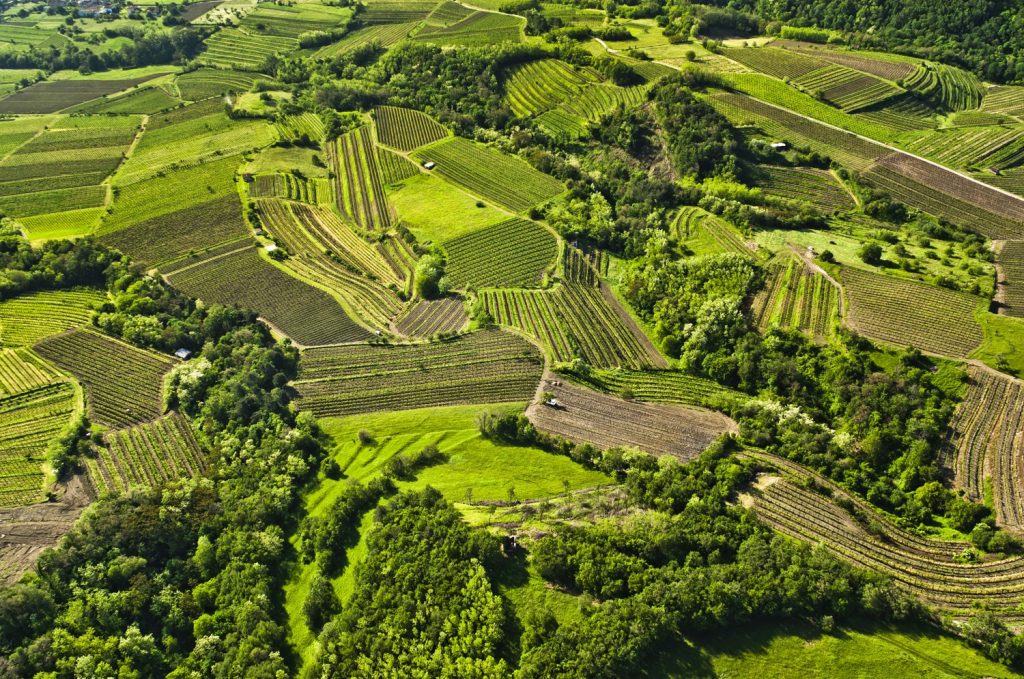
Skocjan Caves with their subterranean canyon, Idrija with the once world-renowned mercury mine, and the Ljubljana Marshes, where you can discover the heritage of an ancient pile-dweller culture – these are the special features of Slovenia that can be found on the UNESCO World Heritage List. There are an additional six special features of Slovenia on the Tentative List that are still waiting to be declared as World Heritage.
On the tip of Southwestern Slovenia, and on the coast of the Adriatic Sea, is the resort hotspot called Piran. The destination is reminiscent of Italy, which makes sense since it was actually part of the Venetian Empire for more than five centuries. Piran is small in size, but it is quaint, historic and scenic. History buffs might want to explore landmarks like the main square called Tartinijev trg, the oldest building in the city called the Venetian House and the Church of St. George. You can also walk right on top of the city walls or hop off one of the piers for a refreshing swim in the Adriatic.
The Slovenian underground hides thousands of caves. Among those, twenty-two are open to the public, and Postojna Cave is the most visited. A 90-minute guided tour takes visitors through caverns, halls, and passages that were carved by the Pivka River. Inside the cave, there are beautiful karst formations, some of which are millions of years old. Several times a year concert events are set inside the cave, and as a part of Postojna Cave’s Christmas traditions, a nativity scene with live actors is set in December.
Interested in Borea rooms Budanje? Vipava Valley … Nearly forgotten, this historic local variety has been experiencing a welcome resurgence. It is being grown in petite amounts by winemakers familiar with traditional viticulture. With its slightly orange colour, Klarnica catches the eye while its rich and opulent flavour caresses the spirit, conjuring up legends of old ….
Located in the Slovenian Littoral, the Vipava Valley runs between the towns of Nova Gorica and Vipava. The valley offers magnificent scenery from hills and mountains, to ruined castles, beautifully preserved gothic churches and charming villages with tiled roofs weighed down with stones to prevent them from being blown off by the strong north-easterly “burja” wind that reaches speeds as high as 200 km/h.
The unique climate of the valley has encouraged vibrant viticulture, with over 3,000 acres of the valley covered with grape vines. Romans started winemaking in the area over 2,000 years ago. Infact, wine-making is regarded a way of life here.
Lipica Stud Farm has been breeding Lipizzaner horses since the sixteenth century. Once used by royals for their private stables, the farm is now open to visitors and allows them to admire this beautiful breed of horse. When visiting the Lipica Stud Farm, guests can stroll through the barns and join one of the farm’s guided tours. Three times a week the Classical Riding School performs, and guests can see the Lipizzaner horses in action.
Planica is home to the biggest ski jumping hill in the world. For over twenty years it has hosted one of the most important ski jumping competitions in the world. In 2015 Planica received a much-needed update, and the new Planica Nordic Center was built. Aside from the ski jumps the center also features an athletics stadium, a zipline, a wind tunnel, cycling and walking paths, and a visitor’s center. Planica zipline has the steepest descent in the world, which creates the sensations that ski jumping champions feel when flying through the air.
The Solkan Bridge, located near Nova Gorica, is a great place to view the turquoise Soca River and the beautiful Soca Valley. The bridge also holds the world record for the longest train bridge built solely out of stone. For the truly adventurous, bungee jumping off the bridge is the most unique way to admire the beauty of the Soca Valley.
VIPAVA VALLEY: Vipava valley is covered with charming little towns and villages. Wander around photogenic villages of Goce, Podnanos, Vipavski kriz just to mention few of them. Clustered villages with narrow cobblestone streets boast with outstanding stone cutting and architectural heritage. You will never be alone here because locals like to interact with foreigners. The locals are extremely hospitable. Are you ready to enter their wine cellars?!. For rooms/accomodations please check Vipava apartment.
LJUBLJANA CASTLE: Arguably the capital’s most recognisable sight, Ljubljana Castle sits atop the hill around which the city grew. It has gone under many reconstructions over the centuries and is chock-full of points of interest, but the panoramas of the city it provides is worth the trip alone.